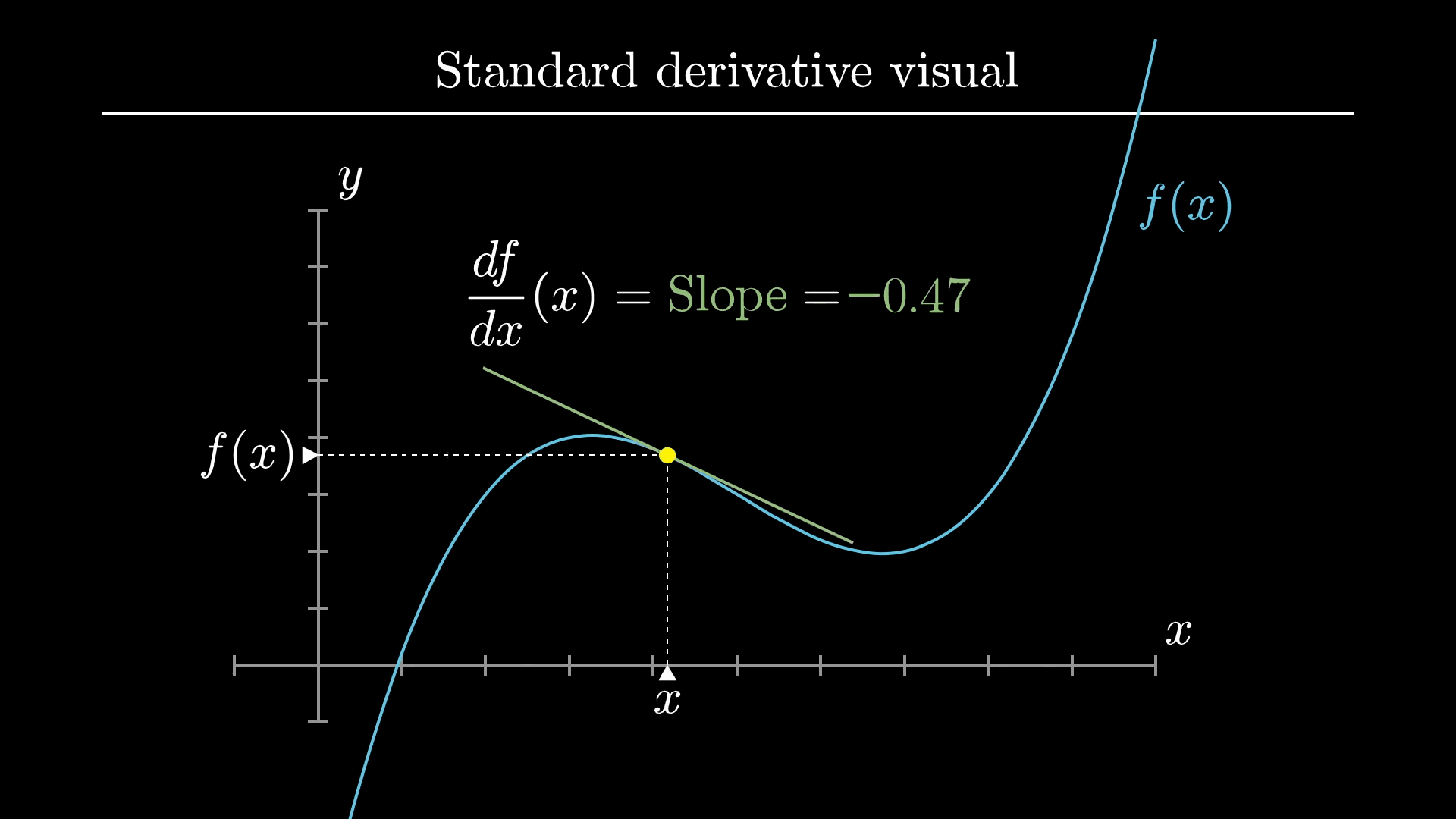
Introduction to Derivatives
Derivatives are one of the most fundamental concepts in calculus, representing the rate of change of a function with respect to a variable. In real-world terms, derivatives help us understand how quickly things are changing, whether it's the speed of a moving car or the rate of growth of a population.
Mathematically, the derivative of a function ( f(x) ) is defined as:
This definition gives us a precise way to calculate the instantaneous rate of change of ( f(x) ) at any point ( x ).
Applications of Derivatives
One of the most common applications of derivatives is in physics, where they describe how quantities such as velocity and acceleration change over time. For instance, if ( s(t) ) represents the position of an object at time ( t ), the derivative ( s'(t) ) gives the object's velocity, and the second derivative ( s''(t) ) gives its acceleration:
Derivatives are also used in optimization problems, where we seek to find the maximum or minimum values of a function. These are found by setting the derivative equal to zero and solving for the critical points:
Higher-Order Derivatives
Beyond the first derivative, higher-order derivatives provide further insights into the behavior of a function. For example, the second derivative tells us about the concavity of a function, helping us determine whether a critical point is a local maximum, minimum, or a point of inflection.
Conclusion
Derivatives are a cornerstone of calculus with wide-ranging applications in science, engineering, economics, and beyond. From analyzing motion to optimizing systems, understanding how things change is critical to solving real-world problems.